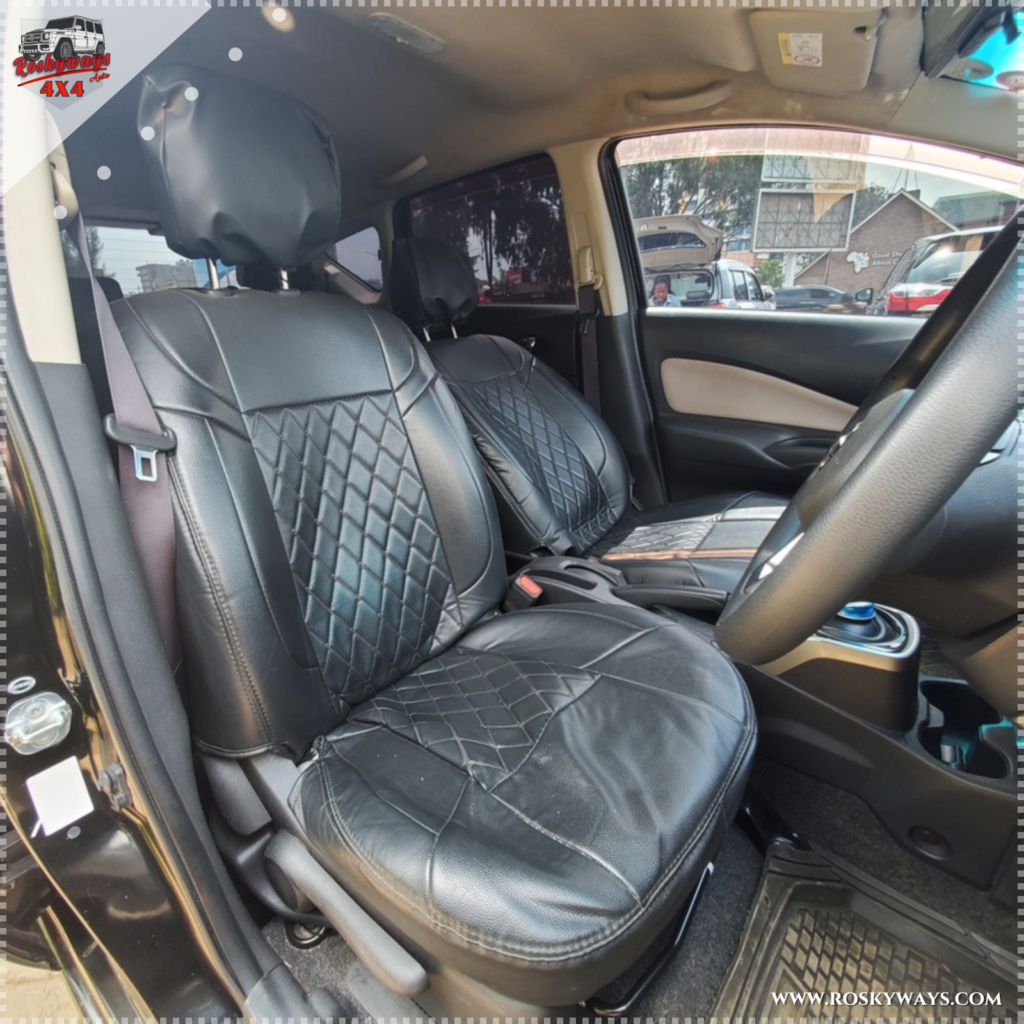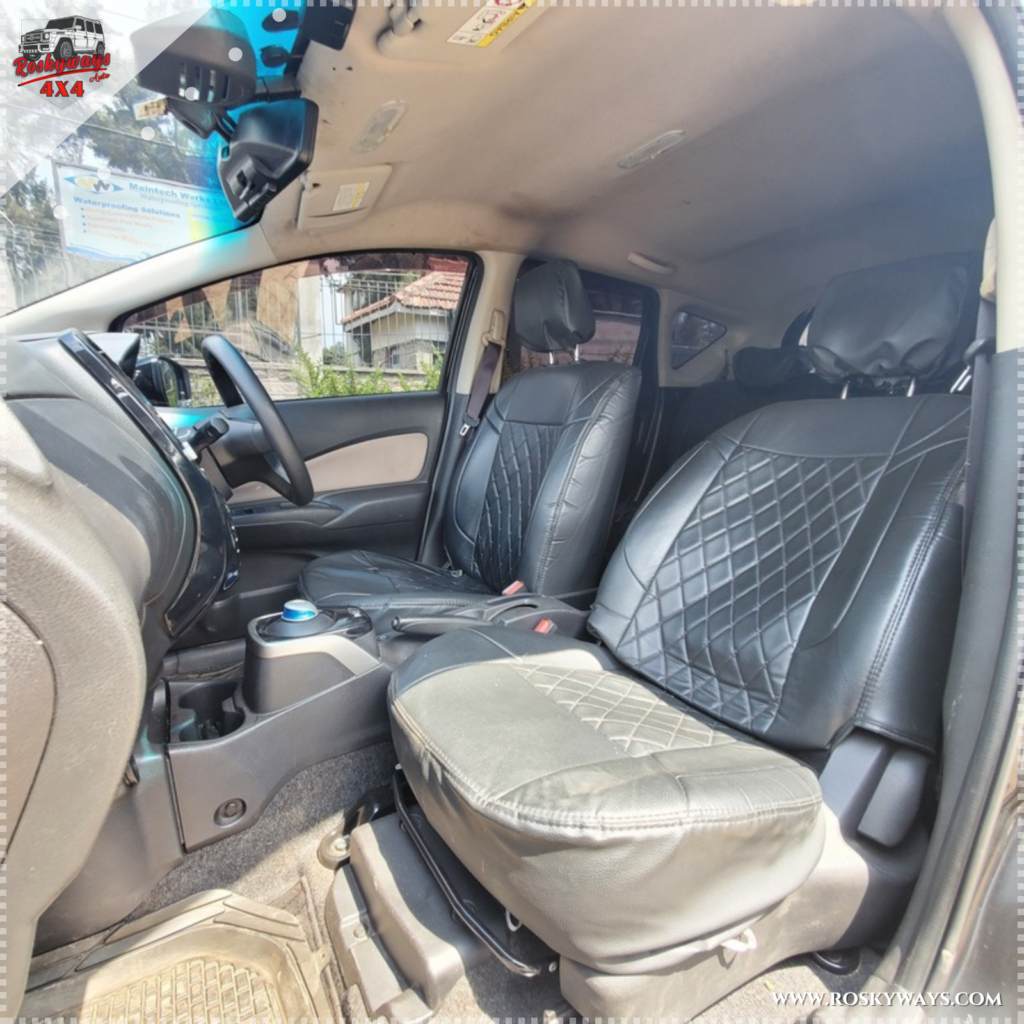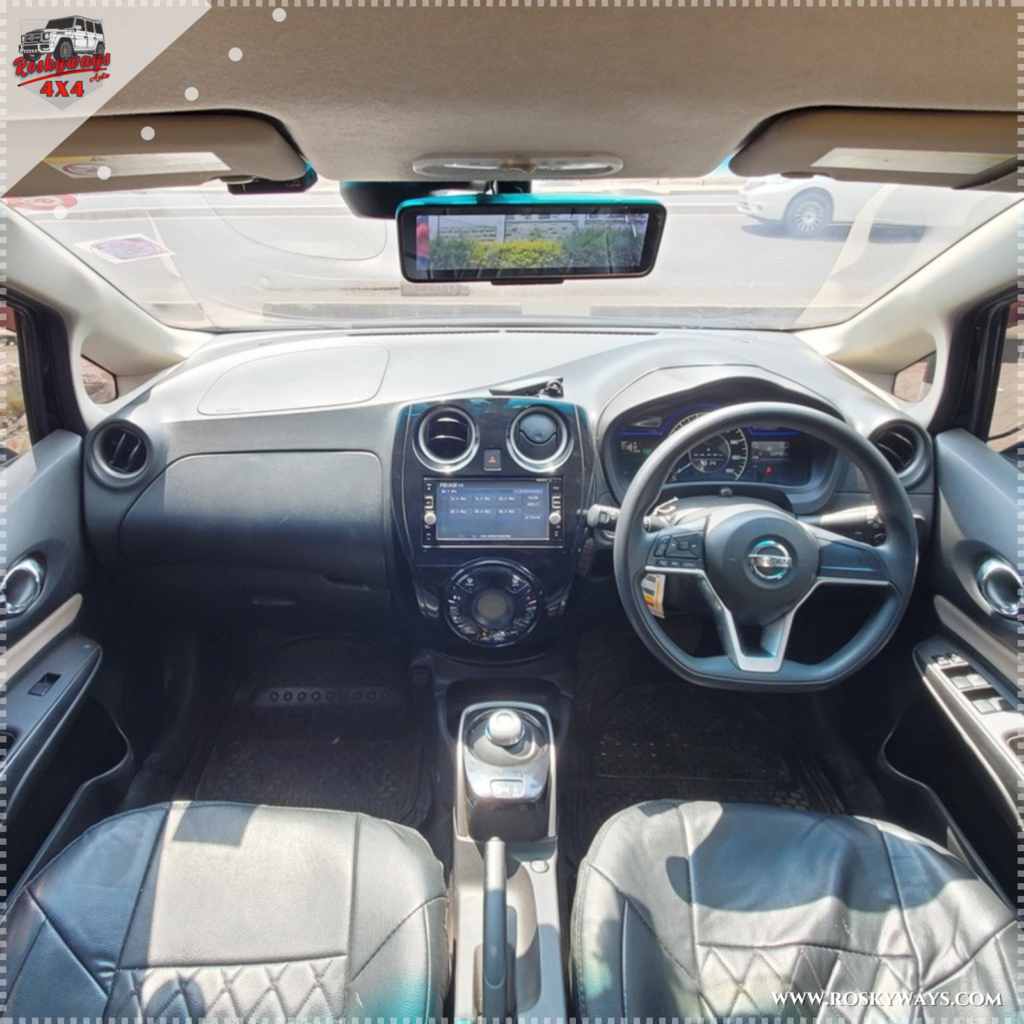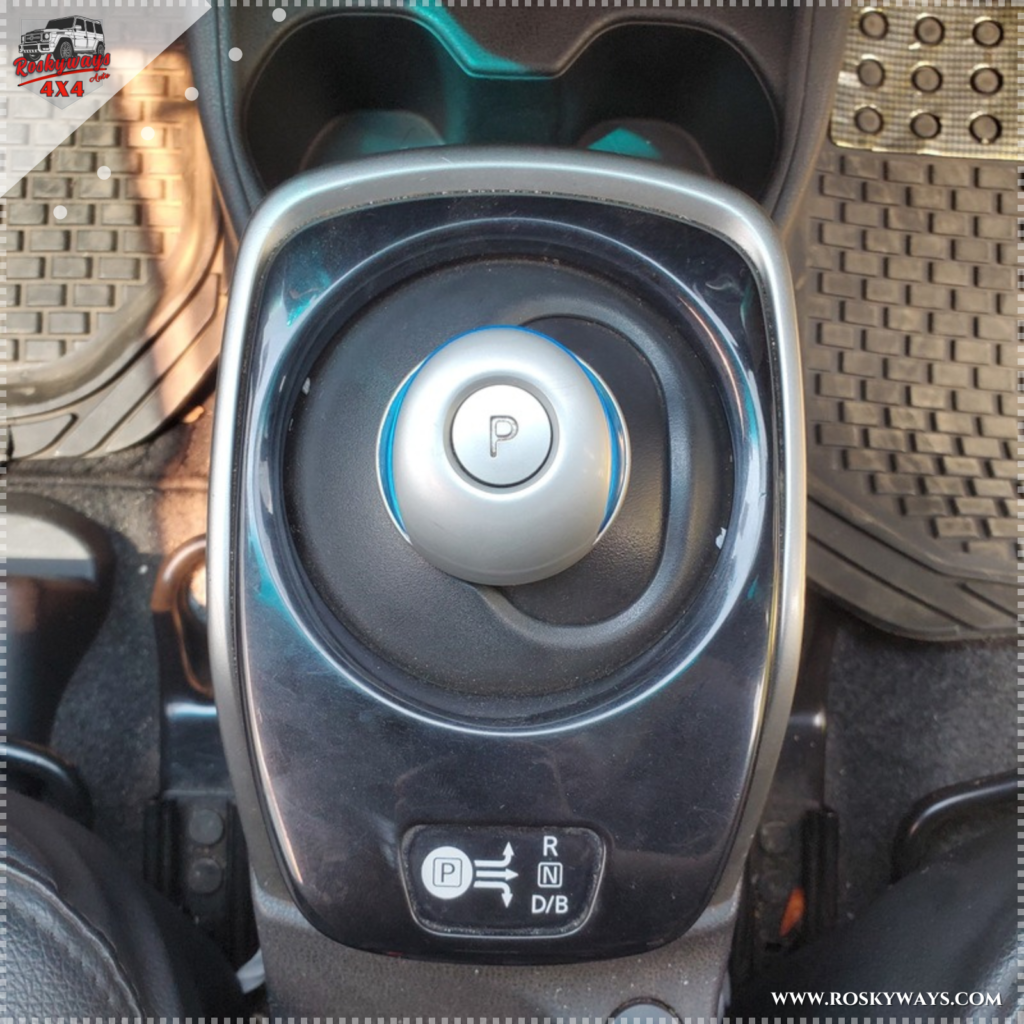Nissan Note E-Power
Nissan Note E-Power
2017 Nissan Note e-Power review
Are you looking for a compact hatch with heaps of space, Surprising performance and excellent fuel economy? Then have a look at this Nissan Note e-Power Medalist. Under the bonnet is a three-cylinder 1.2 litre engine that is rated at 58kW and 103Nm. Asit doesn't propel the car at all it's outputs are of little significance. Instead the 80kW electric motor with a 254Nm output is the more comparable set of figures.
The Note e-Power's…
Description
2017 Nissan Note e-Power review
Are you looking for a compact hatch with heaps of space, Surprising performance and excellent fuel economy? Then have a look at this Nissan Note e-Power Medalist. Under the bonnet is a three-cylinder 1.2 litre engine that is rated at 58kW and 103Nm. Asit doesn't propel the car at all it's outputs are of little significance. Instead the 80kW electric motor with a 254Nm output is the more comparable set of figures.
The Note e-Power's…
Description
2017 Nissan Note e-Power review
Are you looking for a compact hatch with heaps of space, Surprising performance and excellent fuel economy? Then have a look at this Nissan Note e-Power Medalist. Under the bonnet is a three-cylinder 1.2 litre engine that is rated at 58kW and 103Nm. Asit doesn't propel the car at all it's outputs are of little significance. Instead the 80kW electric motor with a 254Nm output is the more comparable set of figures.
The Note e-Power's…
Before you decide to buy a car, read its history for free.
Form is loading
Please Wait
Easy Form Builder
















